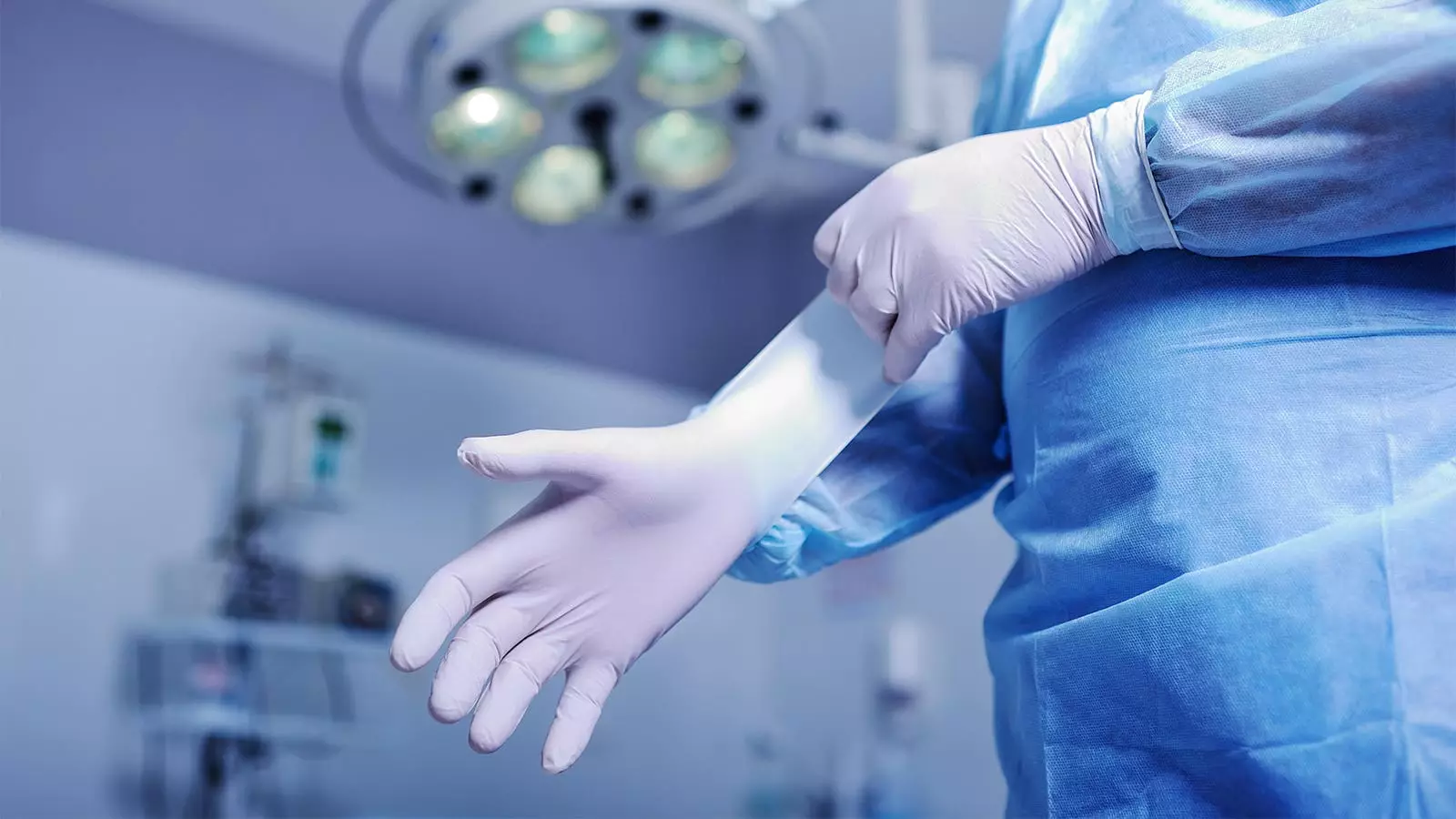When Dr. John J. Pippin was a medical student, the use of live animals for physiology training was the norm. Times have changed, and today, the majority of pediatric residencies in the U.S. and Canada have abandoned the use of animals in training. However, some surgical residencies, including Oregon Health & Science University (OHSU), continue to use live animals – mainly pigs – for practice surgeries.
The Physicians Committee for Responsible Medicine (PCRM) has been at the forefront of advocating for the elimination of live animals in surgical training programs. Dr. Pippin, the director of academic affairs for PCRM, argues that the claim that some procedures can only be taught using live animals is false. According to surveys conducted by PCRM, the majority of surgical residencies do not use animals for training, with as many as 132 live pigs used every 3 years at OHSU alone.
Despite claims by some surgical programs that non-animal training methods are inadequate, PCRM points out that advances in technology have led to the development of simulators that closely replicate human anatomy. The organization argues that simulators and cadavers are equivalent or superior to live animals when it comes to teaching surgical skills. PCRM has even offered to pay for a demonstration of a state-of-the-art cadaver model to show that non-animal methods are both effective and ethical.
One argument against transitioning to non-animal training methods is the perceived cost of these technologies. However, PCRM asserts that cost is not the primary reason some programs continue to use live animals. Instead, they suggest that a resistance to change within the programs themselves may be the driving force behind the continued use of animals.
OHSU has faced scrutiny for its use of live animals in surgical training, accumulating 31 violations of the Animal Welfare Act between 2014 and 2022. While some of these violations were related to its primate research center, the overall impact of these violations on the institution’s reputation is significant. Additionally, OHSU has settled with the Department of Agriculture in 2022, agreeing to pay fines for non-compliance with animal welfare regulations.
Despite the pushback from some surgical programs, PCRM remains committed to advocating for the elimination of live animals in surgical training. The organization has had success in convincing over 120 programs to transition away from animal models, highlighting the growing acceptance of non-animal training methods in the medical field. While there is no law mandating a shift to non-animal methods, the ethical and scientific arguments in favor of these approaches continue to gain traction within the medical community.

Leave a Reply